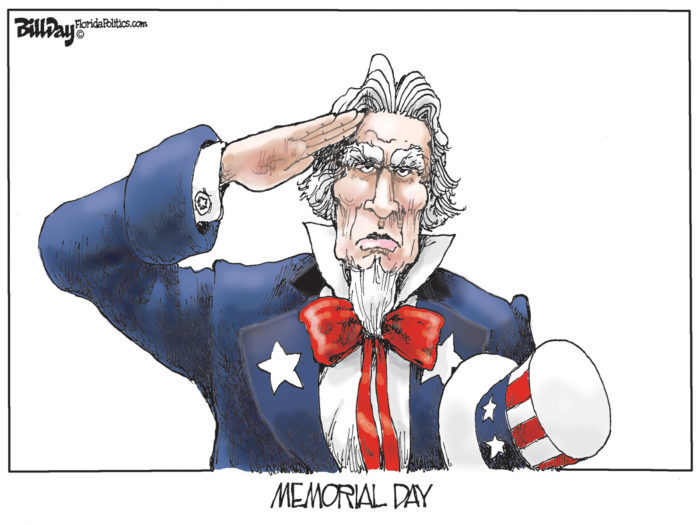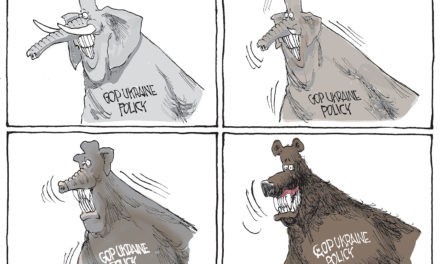From Governing:
If we want to change the performance of the public sector, we have to challenge the current perception of public service.
Paul Soubry is a successful business leader. President and CEO of New Flyer Industries — the largest bus manufacturer in North America — he is often called upon to speak at university commencements and various business conferences. Regardless of the event, a portion of every speech I have ever heard him make focuses on the people he works with. These comments are not merely a casual acknowledgement, but a heartfelt description of their fundamental importance to the success of the company.
When was the last time you heard a political leader at any level speak about public servants in the same way? When have you heard any political leader, as part of his or her stump speech, make the links between our quality of life and the hard work of public servants?
Soubry’s speeches embody everything he has learned at his multi-billion dollar company. He runs a tight efficient organization, keeps a close eye on the bottom line and doesn’t shy away from hard decisions. When the economy slows down and layoffs are necessary, he makes the cuts, but never gleefully, never casually, always with consideration of the hardship that this will cause.
Soubry understands organizational culture, those elements of an organization that reach beyond rules and policy. He knows that for New Flyer Industries to function at peak efficiency and produce products of the very highest quality he needs ethical, responsible leadership at every level in the organization. He knows that to get the very best out of his people they must know they are valued.
Every day millions of public servants go to work doing the business of a county, city, state or country. Sometimes they perform acts of great heroism, but most often, they simply do their jobs to the best of their ability. The archives of the Innovations in American Government program provide thousands of examples of public servants who are creative, hardworking and focused on delivering the many services that make it possible for a complex society to function.
Yet our public dialogue about public service is unrelentingly negative. Public servants are described as a cost, a drag on the economy or as unaffordable and disposable. Unfortunately, none of this is new nor is it easy to change. In our rush to modernize public systems, we must keep in mind that along with new approaches, new technologies and new organizational forms we must develop a new message.
In their excellent book, If We Can Put a Man on the Moon, John O’Leary and William Eggers make a fundamentally important point when they say “take it to the people.” Political leaders are more responsive to public opinion than conventional wisdom would have you believe. In a world where citizens are challenged daily by rapid change, where we are exposed to and threatened by events in ways we never thought possible, our appreciation of the value of public service suffers.
If we want public service to be better, more responsive and to utilize a range of new organizational models in a more transparent environment, we must do more than simply identify the risk-averse nature of public servants and exhort them to change. We must challenge the conventional view of public work. We must reawaken public understanding of the vital roles played by millions of individuals across the nation who make it possible for a large and complex society to achieve the very high standard of living we all expect.
When I last spoke with Paul Soubry he had just come out of a board meeting where they had made a decision to pave and landscape the employee parking lots. His rationale for the expenditure: “I want our people to realize that they are valued from the moment they drive on the property.”
What is the message being conveyed by our governments to those who work for all of us?




